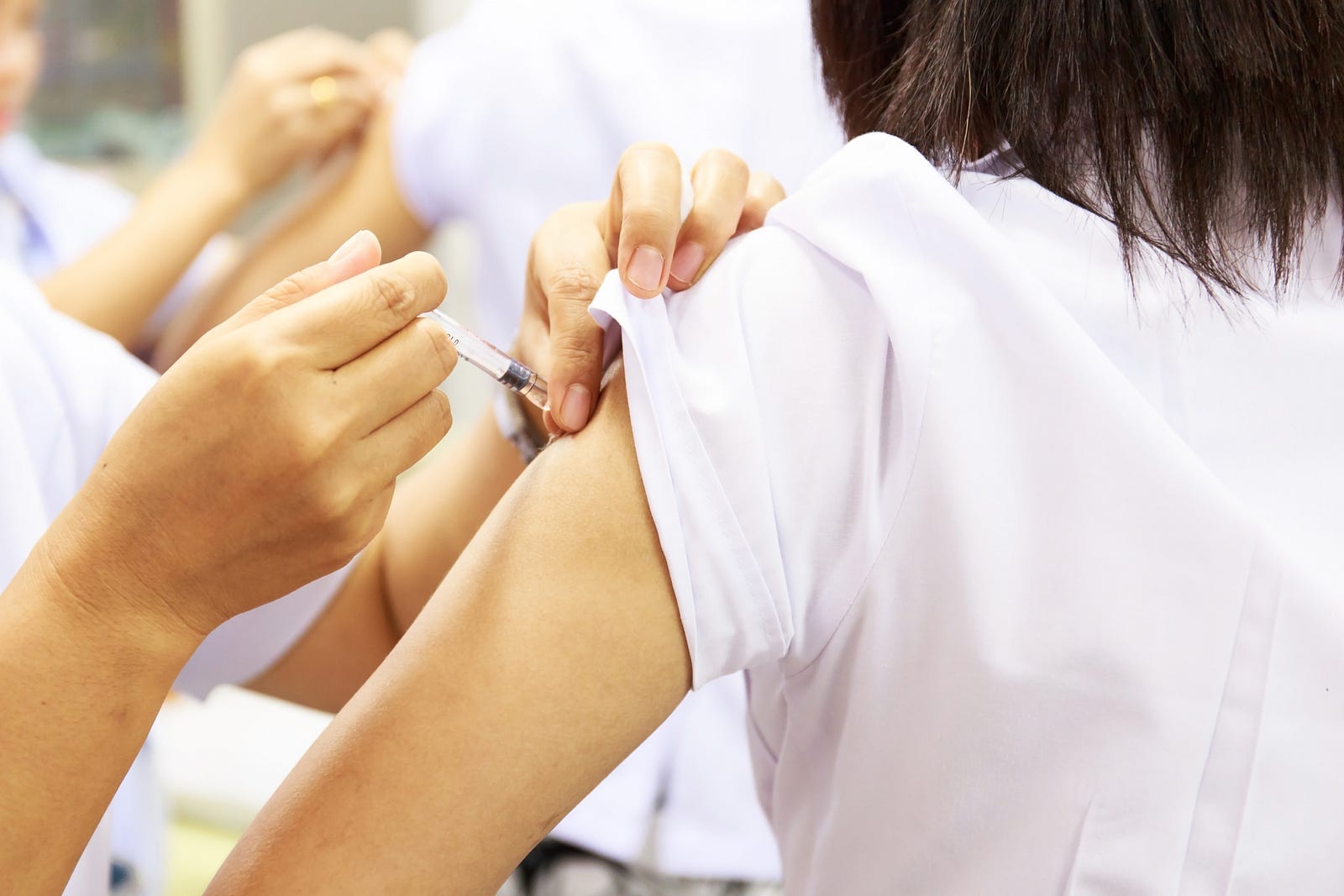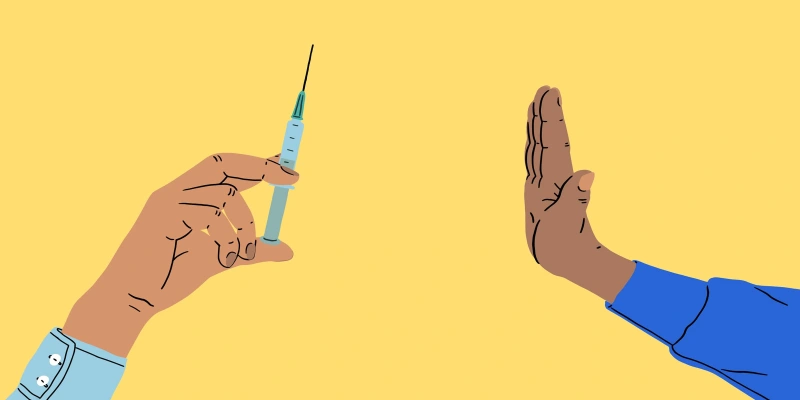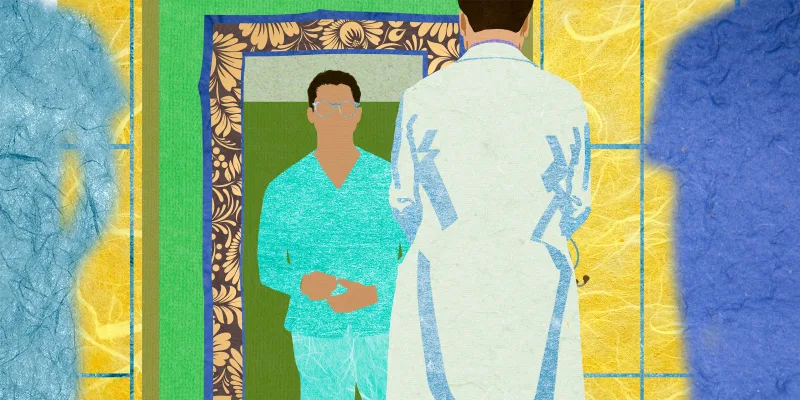
On a recent trip to China, my birthplace, I was ashamed to discover how little I knew about cervical cancer abroad. One evening, my aunt and cousin were casually discussing human papillomavirus (HPV), the most common sexually transmitted infection worldwide and the primary cause of cervical cancer. According to my aunt, many Chinese women traveled to Hong Kong to receive the HPV vaccine. Although I knew cervical cancer was more prevalent in developing countries, I could not fathom how a country with the second largest GDP — which dominates the manufacturing industry and is a major exporter to the U.S. and the European Union — could provide such limited access to HPV vaccines.
Here I am taking sleek, high-speed trains in China, yet the healthcare infrastructure is so poor that women cannot obtain a well-known vaccination that’s been available in the U.S. since 2006. Meanwhile, the Amtrak train in the U.S. is consistently derailing and injuring passengers about twice a month. The disparity in the level of quality between China’s economy and transportation sector versus its healthcare boggled my mind — so I started investigating.
After 10 years, GlaxoSmithKline’s Cervarix was finally approved by the China Food and Drug Administration in July 2016. Despite licensing approval, there were marketing delays, so patients went to Hong Kong for the vaccines. Furthermore, Cervarix is not covered under China’s national immunization plan, so patients must pay out-of-pocket (1,740 yuan for 3 injections). In May 2017, Merck’s Gardasil became the second HPV vaccine to enter the Chinese market. Currently, the U.S. has replaced this older formulation of Gardasil, which covers four HPV genotypes, with Gardasil 9, which protects against nine genotypes.
To my disbelief, my cousin, a 27-year-old woman who lives in Toronto, has never received HPV immunizations. Her primary care physician never recommended the immunizations, so it never crossed her mind. A Canadian meta-analysis study found that HPV vaccination uptake in Canada is approximately 55.92%. The U.S. Centers for Disease Control and Prevention reports that the national coverage in the U.S. is 60%. Given the highly preventable nature of cervical cancer, vaccination rates are not nearly as robust as I assumed they would be in these Western nations.
I realize that HPV vaccination is not solely a developing country issue, but a patient education problem in developed countries too. To prevent HPV-related diseases and cervical cancer, all healthcare providers should strongly encourage women and men to vaccinate. In Canada, Gardasil is recommended for females aged 9–45 and males aged 9–26. In the U.S., Gardasil is indicated in women and men ages 9–26. Furthermore, cervical cancer screening remains a public health issue in China/Hong Kong. In a 2010 survey of 51,989 individuals, only 21% of female participants reported ever receiving a Pap test. In a large Hong Kong study investigating cervical cancer screening behavior in 50-year-old females and older, 48% of the 989 women never received a Pap test. Patient misconceptions that older age and menopause reduce cervical cancer susceptibility led to low rates of health seeking behavior and, by extension, to cervical cancer screening. As this article suggests, healthcare providers need to promote cervical cancer screening in Chinese women 50–65 years old and provide comprehensive education on these topics.
Cervical cancer is the second most common cancer among Chinese women ages 15–44, and one-third of cervical cancer patients worldwide are in China. As the world’s largest developing country, nearly 100,000 cervical cancer cases and 30,000 women cervical cancer deaths occur in China each year. In 2012, the incidence rates for cervical cancer were 13 (per 100,000) and 63 in the U.S. and China, respectively. The mortality rate was 7 (per 100,000) in the U.S., as compared to 30 in China. Prior to 2002, cervical cancer mortality rates declined in China and the U.S.; however, a re-ascending mortality trend in China has been observed in recent years. With Gardasil 9 in our armament, we now have the means to prevent nine strains of HPV that account for 90% of cervical cancer cases! Hong Kong has sought to address the high burden of cervical cancer by implementing a free cervical cancer vaccination pilot program for low-income families, but Mainland China likewise needs help.
In President Barack Obama’s post-tenure interview with David Letterman, he reflected, “I fall prey to a cliché which I believe I first heard from you, and it goes like this. My son in 20 years will say to me, ‘Wait a minute, you knew this was a problem, you didn’t do anything about it,’ and I apply that to all manner of circumstances in life and in the world. Are we safe from this same thing repeating itself?” We know that inadequate patient education and insurance coverage remain onerous obstacles to accessing HPV vaccination and cervical cancer screenings in China. Women, and advocates of women’s health, let us not, in the words of President Obama, allow this problem to repeat itself. The problem extends beyond China — globally, cervical cancer ranks as the second most prevalent malignancy and the third leading cause of cancer related mortality. Approximately 530,000 women were newly diagnosed with cervical cancer in 2008.
Next year, I plan to do a global health elective in China, where I want to implement a program in a local hospital to enhance patient education on cervical cancer and streamline cervical cancer screening. It is painful to see women in China, particularly my relatives, deprived of preventative health services that I so easily take for granted in the U.S. While I can’t expand their limited medical resources, I am equipped to address inadequate public health policies. I hope to pursue my passion for women’s health by specializing in ob/gyn, and ultimately, train to become a gynecologic oncologist.
Recognize that you don’t have to be in the medical field to promote women’s health! Never belittle the impact you make by attending a women’s march, by standing with Planned Parenthood, by volunteering with a non-profit organization, by working in healthcare consulting — the list goes on. Today, we know that 270,000 women die from cervical cancer each year worldwide, with 90% of deaths occurring in low and middle income countries. Now let’s do something about it.







